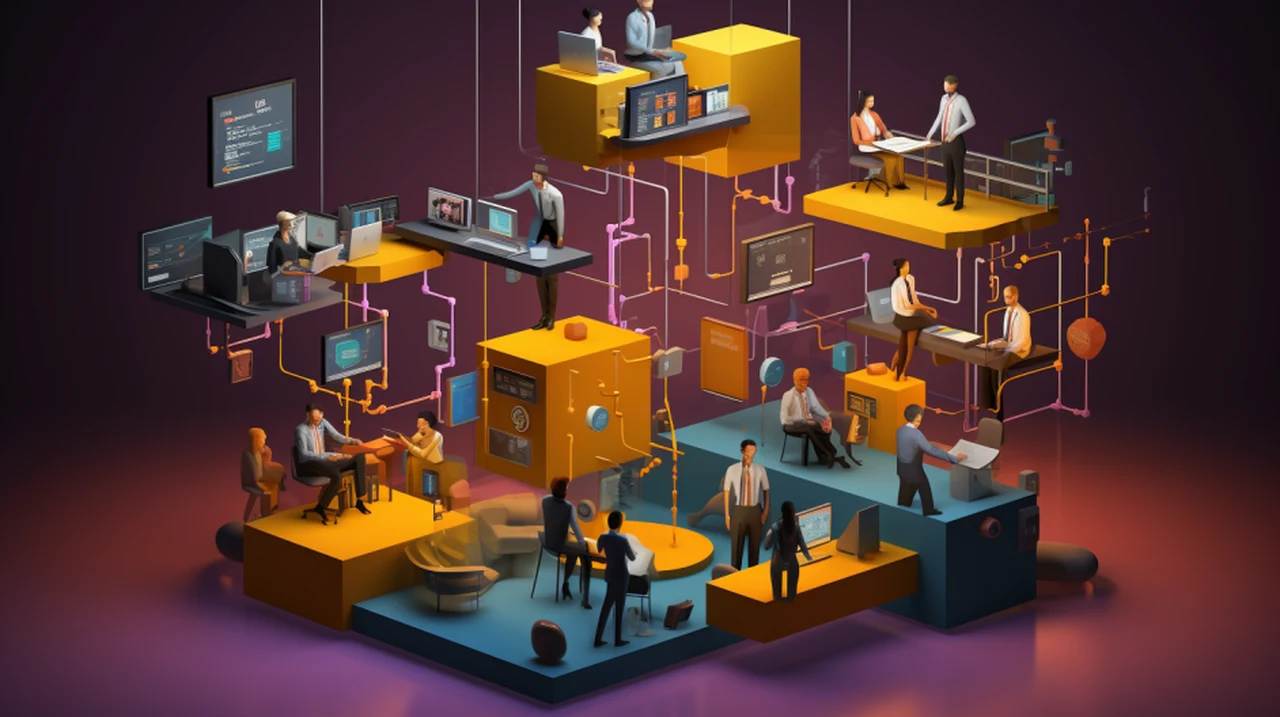
OpenAI has recently introduced an advanced model called GPT-4 Turbo together with a wealth of other new enhancements and services one of which is the creation of new GPTs. These GPTs have been specifically created to enable anyone to create custom AI models for a wide variety of different applications and sell these on the upcoming GPT Store. This innovative AI model creation system is a significant step towards the development of AI agents that can carry out tasks on your behalf.
Although these AI agents are not fully autonomous, they represent a major leap towards the creation of completely independent AI entities, signaling a new phase in the AI industry. It’s also worth mentioning that at the end of the very first OpenAI Developer Conference, OpenAI’s CEO Sam Altman said “What we launched today is going to look very quaint relative to what we’re busy creating for you now.” Suggesting that perhaps more amazing and autonomous AI functionality is on its way.
The GPT-4 Turbo model is a key part of OpenAI’s broader mission to make AI technology accessible to a wider audience. To support this goal, OpenAI has launched an AI app store, a platform where you can sell your AI bots. This online platform is carefully designed to be user-friendly, enabling individuals without a background in coding or machine learning to easily create and deploy AI agents.
The future of creating AI apps
Check out the video below kindly created by Wes Roth to learn more about what we can expect from the new GTPs and how they are going to change the landscape of app development and the integration of artificial intelligence into our everyday lives.
Other articles you may find of interest on the subject of ChatGPT-4 Turbo :
building GPTs apps
The OpenAI API is the main interface for interacting with OpenAI’s AI models. This API allows you to engage with the AI models, making it easier to create AI agents, use advanced analytics, and even generate images using AI, such as with the innovative DallE 3 image generation feature. One other key features of the GPT-4 Turbo model is its ability to smoothly integrate with third-party services. For example, you can use Zapier, a popular automation tool, to create automated workflows or “Zaps” that include your AI agents. This integration allows you to automate tasks and processes, freeing up your time for other activities.
The introduction of GPT-4 Turbo and the AI app store is expected to significantly impact various sectors. In e-commerce, for instance, AI bots can be used to automate tasks like customer service or inventory management, improving efficiency and productivity. On social media platforms, AI bots can automate posts or interact with followers, changing the way businesses communicate with their audience. In education, AI models like Chad GPT can act as AI mentors, providing personalized learning support to students and transforming the learning experience.
GPT-4 Turbo
GPT-4 Turbo is OpenAI’s latest generation model. It’s more capable, has an updated knowledge cutoff of April 2023 and introduces a 128k context window (the equivalent of 300 pages of text in a single prompt). The model is also 3X cheaper for input tokens and 2X cheaper for output tokens compared to the original GPT-4 model. The maximum number of output tokens for this model is 4096.
In addition to these features, OpenAI’s recent developments also have implications for the field of machine learning. The GPT-4 Turbo model includes a memory system that allows it to learn from past experiences and improve its performance over time. This model also has a code interpreter, enabling it to understand and execute code, a feature that could potentially transform the field of AI-powered programming.
OpenAI’s recent advancements also have potential uses in the field of advanced analytics. By using AI to analyze large datasets, businesses and researchers can discover insights that would be difficult, if not impossible, to find using traditional methods. For example, an AI-powered program could examine social media posts to identify trends in consumer behavior, or it could analyze financial data to predict market trends, providing valuable insights for decision-making.
OpenAI’s launch of the GPT-4 Turbo model and the AI app store represents a significant advancement in the field of AI. By enabling users to create AI agents and sell them on a user-friendly platform, OpenAI is making AI technology more accessible. Furthermore, by integrating with third-party services and using advanced machine learning techniques, these developments have the potential to transform various sectors, from e-commerce to education, marking a new phase in the application of AI.
Filed Under: Guides, Top News
Latest timeswonderful Deals
Disclosure: Some of our articles include affiliate links. If you buy something through one of these links, timeswonderful may earn an affiliate commission. Learn about our Disclosure Policy.



